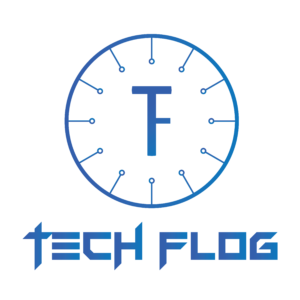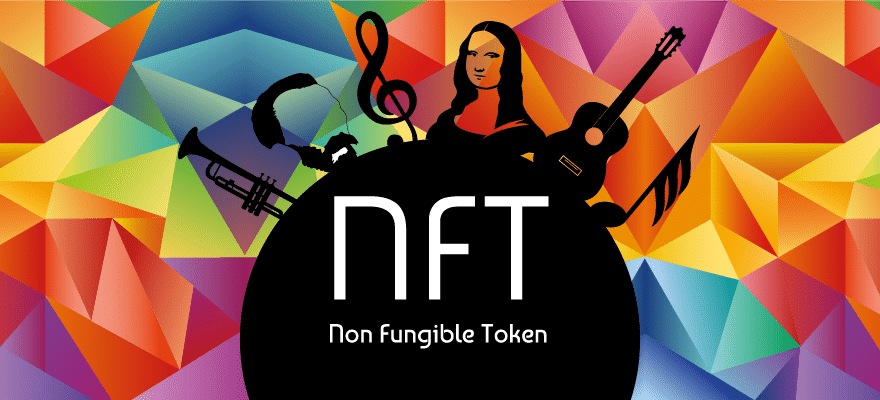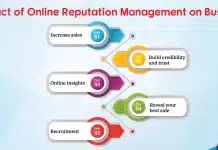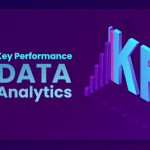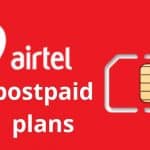NFT Project: When everyone talks about NFT and how revolutionizing it is, it’s no wonder you start thinking about creating your own one. But how does it actually work? What blockchain to choose to power your NFTs? It is high time to puzzle it out.
What is NFT?
NFT is an acronym for a non-fungible token. Such tokens represent unique items from the real and virtual world, such as pieces of art or immovables. Virtually anything can be converted into NFT.
The technology of non-fungible tokens allows creators and businesses to make transactions without the need for intermediaries through the ever growing digital currency markets. All data about NFTs and transactions is recorded on the blockchain and can never be changed. So, all processes are transparent.
How to create and sell NTF?
There is a simple sequence of actions on how to create and sell non-fungible tokens. It is not a problem if you don’t have technical knowledge and skills, the process is quite intuitive and coherent.
1. Choose the blockchain
NFTs run on public blockchains, which are open to anyone. The most popular is Ethereum, but there are plenty of others to choose from – Flow, Tron, Binance Smart Chain, Polkadot, Cosmos, EOS, Tezos, WAX. It is important to study the peculiarities of each blockchain and understand which one is the most suitable.
Also, it is vital that your crypto wallet supports the currency you have chosen. Among the most respectable wallets are MetaMask, Trust Wallet, and Coinbase.
Also, Read: Essential Aspects of Bitcoin Mining
2. Decide on a marketplace
There are a few big NFT marketplaces such as OpenSea, Rarible, Mintable, Foundation, and KnownOrigin. Keep in mind that some of them exhibit any NFTs while others specialize in a specific kind, like art or videos.
3. Create NFT
After signing in on a marketplace, you are offered to upload your work. The platforms maintain almost any possible format from JPG and PNG images to music pieces. As soon as it is uploaded and confirmed, a new NFT is ready to be displayed for sale.
4. Sell NFT
To set the price and the terms and conditions of the sale, visit the pricing page. NFT can be sold either at a fixed price or an auction can be held.
If there are still any doubts on how to sell NFTs, experienced NFT agencies will readily lend you a hand and take through all the steps of NFT creation.
What blockchain to choose for your NFT project?
Thinking about what blockchain to choose for your NFT project, it is essential to consider a few aspects: transaction cost, smart contract functionality, consensus mechanism, and transaction speed. All the given criteria are to serve the best profit when well-thought and executed.
- Ethereum
Ethereum is the most popular and currently the most widely used blockchain for NFT projects.
With an extended community of developers and lots of users, any bugs are quickly detected and fixed while updates and new features are released regularly. Ethereum set token standards, ERC-721 (used for the creation of non-fungible tokens) and ERC-1155 (used for the creation of new semi-fungible tokens), which have formed the foundations for the majority of existing NFTs.Ethereum utilizes its own language, Solidity, and crypto called Ether.
However, the transaction fee on Ethereum is quite high – $20-$70 per transaction, and is linked to the gas fee. Also, the speed is just 13-15 tps. Nevertheless, these issues are promised to be solved in Ethereum 2.0.
- Flow
Even though a very young blockchain, released in 2020, Flow is often referred to as an opponent of Ethereum. Flow uses its own language, Cadence, and native crypto, FLOW. The most beneficial feature of the blockchain is the transaction speed – 10,000+ tps. There are two ways of paying the transaction fees: one is for creating an account, which starts at 0.001 FLOW, the other is a transaction fee that starts at 0.000001 FLOW.
- Solana
Solana utilizes the unique combination of proof-of-history (PoH) and proof-of-stake (PoS) consensus mechanisms. The languages used are Rust, C, and C++. Solana has a native coin named SOL. The blockchain has an outstanding transaction speed – 65,000 tps, and the developers say that it will go even faster. The transaction fee is approximately $0.00025.
So what is the best NFT blockchain?
There is no one size fits all answer. As was mentioned above there are certain criteria to take into consideration when selecting the blockchain for your NFTs, from the crypto to consensus mechanisms. If you are in two minds, it is advisable to seek consultation from a well-versed NFT agency to make sure that your non-fungible tokens are catered in the best way possible.
